When a lizard scurries away from danger, leaving its tail behind, it’s demonstrating one of nature’s most fascinating defense mechanisms. Tail autotomy—the voluntary shedding of a body part—is a remarkable survival strategy employed by many lizard species around the world. This self-amputation might seem extreme to us, but for lizards, it can mean the difference between life and death. From the moment of detachment to the gradual regrowth process, the journey of a lizard’s tail is a compelling example of evolution’s ingenuity. This article explores the intricate biological processes, evolutionary advantages, and consequences of tail loss and regeneration in lizards.
The Remarkable Process of Autotomy
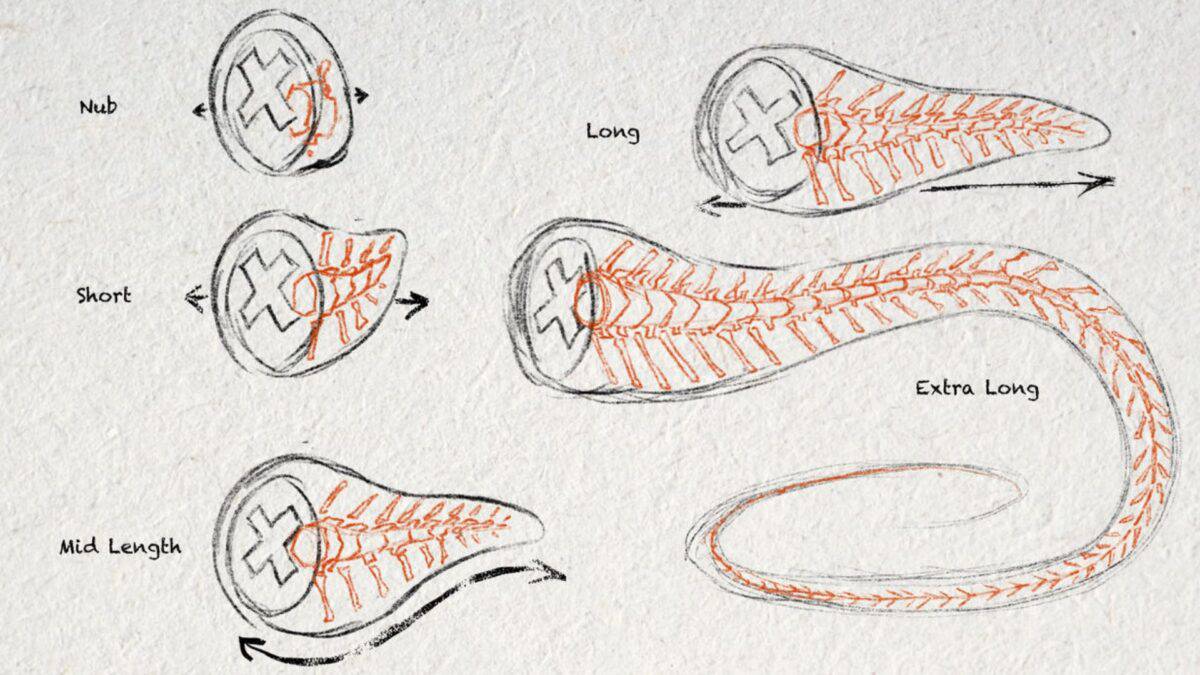
Autotomy, from the Greek words “auto” (self) and “tome” (severing), is not a random accident but a controlled physiological response. Lizards have evolved special fracture planes in their tail vertebrae—pre-formed breaking points that allow for clean separation when necessary. These fracture planes contain minimal blood vessels and nerves, reducing blood loss and pain during detachment. When a lizard is grabbed by its tail or senses danger, it can contract specific muscles that fracture these vertebrae at the breaking points, causing the tail to detach. This process happens remarkably quickly, often in less than a second, giving predators little time to react to this surprising defense strategy.
The Distracting Dance of the Detached Tail

One of the most fascinating aspects of tail autotomy is what happens immediately after detachment. The severed tail doesn’t simply lie motionless—it continues to wiggle, twitch, and even flip around vigorously for up to 30 minutes. This posthumous movement occurs because the tail contains neural circuits that can function independently of the brain, allowing for autonomous movement. The tail’s frantic dance serves a crucial purpose: it diverts the predator’s attention away from the escaping lizard. While the predator is distracted by the moving tail, the lizard can make its getaway, increasing its chances of survival significantly. Research has shown that predators will often continue to focus on the detached tail rather than pursue the lizard itself.
The Biological Trigger for Tail Release
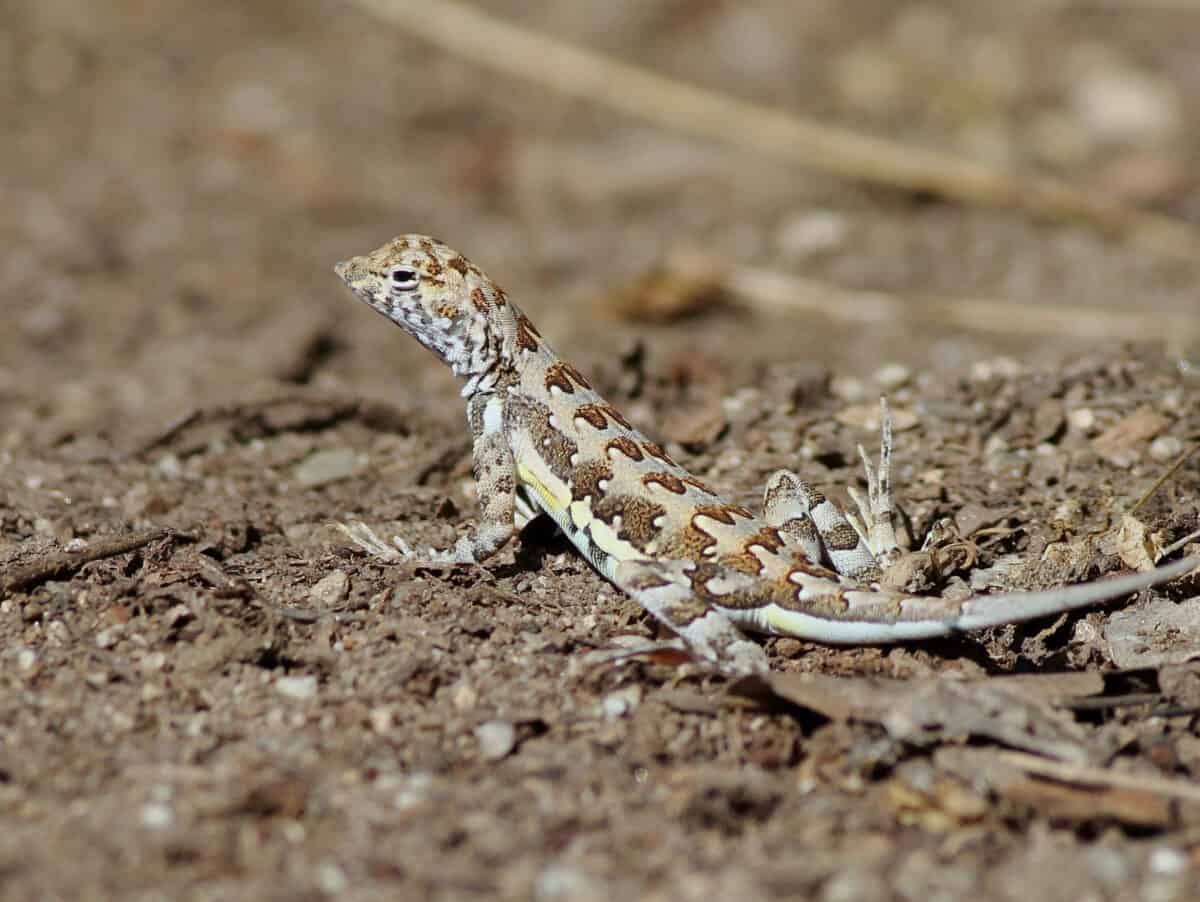
The decision to drop a tail isn’t made lightly in the lizard world. Most species have evolved sophisticated neural mechanisms that evaluate threats before initiating autotomy. When a lizard perceives danger, sensory information is rapidly processed, and if the threat level crosses a certain threshold, specialized neural pathways trigger the muscle contractions needed for tail release. Interestingly, different lizard species have varying thresholds for tail autotomy. Some readily drop their tails at the slightest touch, while others will only resort to this measure under extreme duress. This variation reflects different evolutionary pressures and ecological niches. For example, species that rely heavily on their tails for balance, locomotion, or social signaling typically have higher thresholds for autotomy than those for whom the tail serves fewer critical functions.
The Immediate Physiological Changes

Lizard Autotomy. Image via Openverse
The moment a lizard loses its tail, a cascade of physiological responses begins. At the site of detachment, sphincter muscles quickly contract to minimize blood loss, and clotting factors are released to seal the wound. The lizard’s metabolism shifts dramatically as well, with energy reserves being mobilized to deal with the stress and prepare for tail regeneration. Hormone levels fluctuate, with stress hormones initially spiking and then giving way to growth factors that will eventually drive regeneration. The lizard’s immune system also activates to prevent infection at the wound site. This complex physiological response demonstrates how thoroughly integrated tail autotomy is into lizard biology—it’s not merely a mechanical separation but a comprehensive physiological program that has evolved over millions of years.
The Regeneration Process Begins

Within hours of losing a tail, the healing process begins at the wound site, and within days, a specialized structure called the regeneration blastema forms. This blastema is a collection of dedifferentiated cells—mature cells that have reverted to a stem cell-like state—which will eventually develop into the new tail tissues. The blastema grows rapidly, forming a cone-shaped bud that will elongate and differentiate into the various tissues of the new tail. This regeneration process is guided by complex genetic programs that recapitulate aspects of embryonic development. Scientists have identified hundreds of genes that are specifically activated during tail regeneration, many of which are also involved in embryonic tail formation, showing how lizards reactivate developmental pathways that are normally dormant in adult animals.
The Structure of the Regenerated Tail
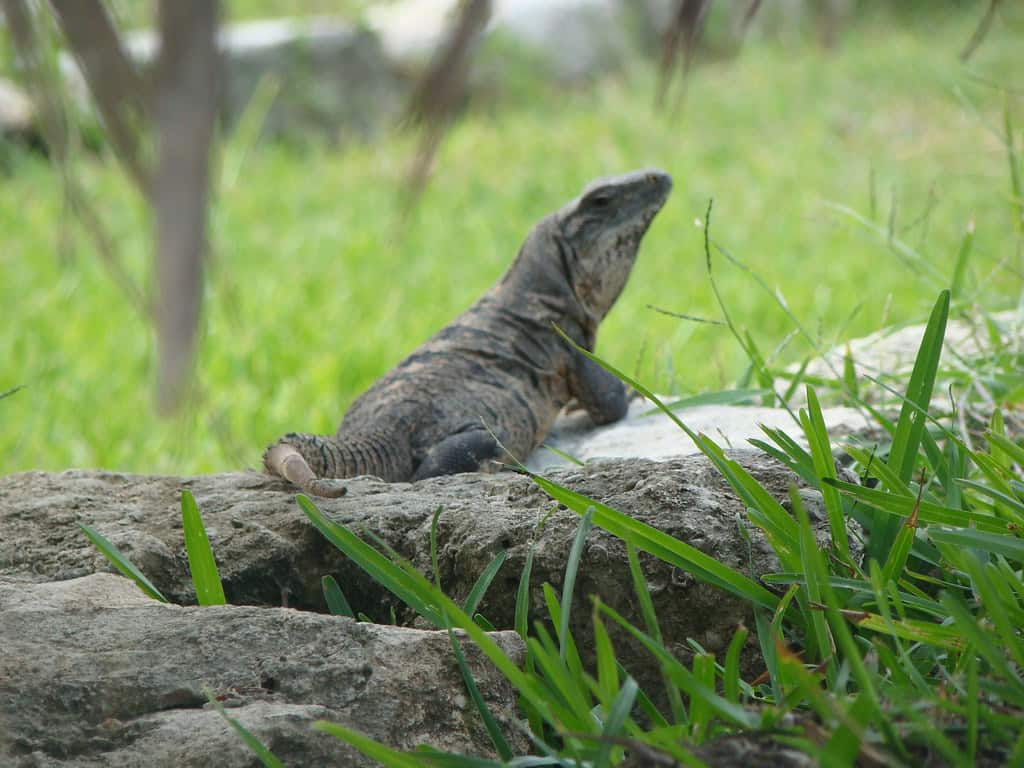
A regenerated lizard tail is not an exact duplicate of the original. Instead of the segmented vertebrae found in the original tail, the new tail typically contains a cartilaginous tube that provides support and flexibility. The muscle structure is also different, often consisting of unsegmented muscle fibers arranged in a simpler pattern than in the original tail. The skin and scales of the regenerated portion frequently differ in color, pattern, or texture from the original, making it easy to identify lizards that have previously lost their tails. The nervous system in the regenerated tail is simplified as well, with fewer specialized sensory structures and a modified arrangement of nerve fibers. Despite these differences, the regenerated tail fulfills most of the same functions as the original, allowing the lizard to return to normal activities.
The Timeline of Regrowth

The time required for a lizard to fully regenerate its tail varies widely depending on species, age, health status, and environmental conditions. In smaller species under optimal conditions, basic tail regrowth might take as little as 2-3 months. However, for larger species or those living in challenging environments, complete regeneration can take 6-12 months or even longer. The process follows a predictable pattern: initial wound healing (1-2 weeks), blastema formation (2-3 weeks), rapid elongation (1-3 months), and finally differentiation and maturation of tissues (several additional months). Temperature plays a crucial role in this timeline, with warmer conditions generally accelerating the process. Nutritional status is equally important—lizards with abundant food resources can regenerate their tails faster and more completely than those facing dietary restrictions.
The Energetic Cost of Tail Loss

Losing and regenerating a tail represents a significant metabolic investment for a lizard. The tail itself often contains valuable fat reserves that are sacrificed during autotomy. Additionally, the regeneration process requires considerable energy and resources, potentially diverting nutrients from other important biological functions. Studies have shown that lizards regenerating their tails may grow more slowly, show reduced reproductive output, or have compromised immune function during the regeneration period. The energetic cost varies by species—for some, like many geckos, the tail serves as a primary fat storage organ, making its loss particularly costly. For others, like certain skinks, the metabolic impact may be less severe. This energetic trade-off explains why lizards don’t voluntarily drop their tails except in genuine emergencies; it’s an effective but expensive survival strategy.
Behavioral Changes Following Tail Loss

A lizard without its tail must adjust its behavior in several ways. Many species use their tails for balance, especially when climbing or running at high speeds, so tail-less individuals often move more cautiously until regeneration is complete. Predator avoidance tactics may change as well—without the option to sacrifice their tail again (at least until substantial regeneration has occurred), lizards typically become more secretive and less likely to venture into open areas. Social interactions can also be affected, as many lizard species use tail displays in territorial or mating contexts. Research has shown that male lizards with regenerated tails may face social disadvantages, including reduced mating success or difficulty maintaining territories. These behavioral adaptations highlight how tail autotomy impacts not just the lizard’s physiology but its entire ecological strategy.
Multiple Autotomy: Can It Happen Again?

Many lizard species can lose and regenerate their tails multiple times throughout their lives, though there are limitations to this ability. If a lizard loses its tail a second time, it typically happens at a different point along the tail, often further up toward the body than the first break. The regenerative capacity generally diminishes with each successive autotomy event, resulting in shorter, less functional tails after multiple losses. Some species can regenerate their tails up to six or seven times, while others show markedly reduced regeneration after just two or three instances. The quality of regeneration also tends to decline with repeated losses, with later regenerated tails showing more abnormalities in structure and function. This diminishing return on regeneration may explain why lizards that have already lost their tails once often exhibit more cautious behavior to avoid situations that might necessitate another autotomy event.
Evolutionary Significance and Species Variations
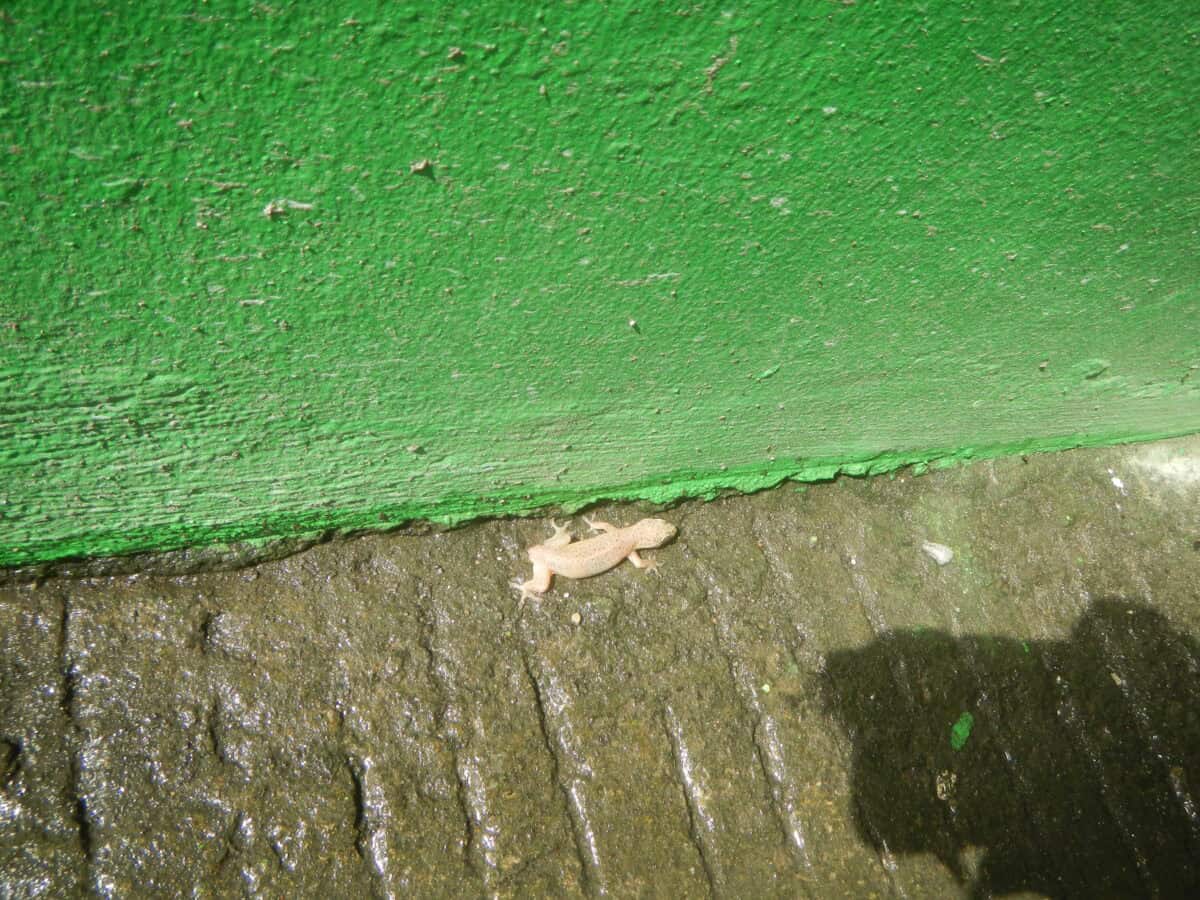
Tail autotomy has evolved independently in multiple lizard lineages, suggesting its powerful adaptive value. However, not all lizard species have this ability—monitors, chameleons, and crocodile lizards, for example, cannot voluntarily shed their tails. Among those that can, there’s remarkable variation in the extent and nature of the ability. Geckos are perhaps the champions of autotomy, with many species able to shed their tails at precise locations and regenerate them relatively quickly. Skinks also show advanced autotomy abilities, while iguanids and agamids typically have more limited capacities. These differences reflect varying evolutionary pressures and ecological roles. Species that rely heavily on their tails for specialized functions (like the prehensile tails of some arboreal species) generally show reduced autotomy capacity, representing an evolutionary compromise between defense and functionality.
Medical and Scientific Implications
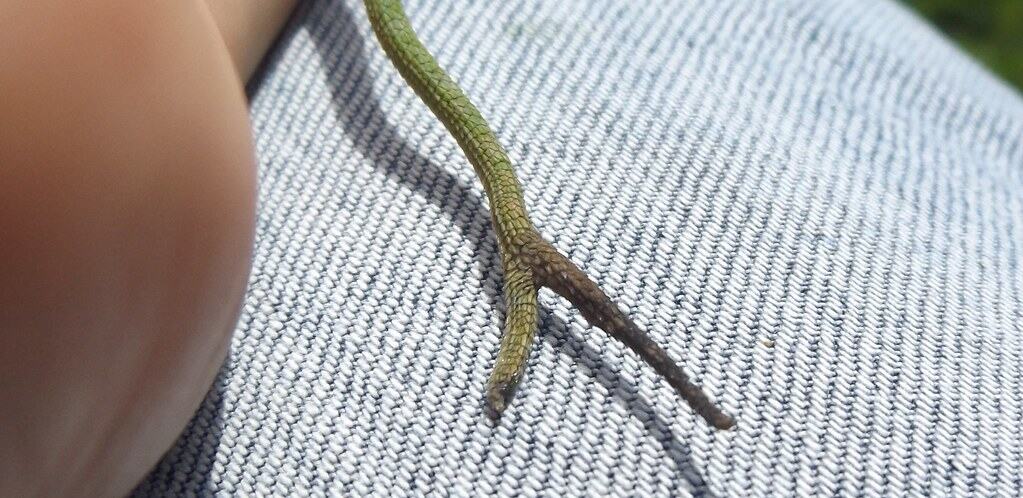
The remarkable regenerative abilities of lizard tails have captured the attention of medical researchers and regenerative biologists. By studying the molecular and cellular mechanisms that allow lizards to regrow complex structures, scientists hope to gain insights that might eventually help humans regenerate damaged tissues or organs. Recent research has identified key signaling pathways and gene networks involved in tail regeneration, some of which have counterparts in human biology. While we’re still far from being able to regrow human limbs, understanding lizard tail regeneration has already contributed to advances in wound healing research and tissue engineering. Additionally, the study of how lizard neural tissue can regenerate and form functional connections offers potential insights for spinal cord injury research. These medical implications highlight how natural phenomena like tail autotomy can inspire scientific advances with potential human applications.
The phenomenon of lizard tail autotomy represents one of nature’s most elegant compromises—sacrificing a body part to preserve the whole. From the moment of strategic detachment to the gradual process of regeneration, lizards demonstrate remarkable physiological adaptability that has evolved over millions of years. While the loss of a tail carries significant costs in terms of energy, behavior, and functionality, the survival advantage it provides has made it a successful evolutionary strategy across numerous lizard lineages. For scientists, the regenerative capabilities of lizard tails continue to provide valuable insights into tissue regrowth and healing mechanisms that may someday benefit human medicine. Perhaps most importantly, this dramatic example of self-sacrifice and renewal reminds us of the extraordinary adaptations that have evolved in response to predatory pressures, showcasing nature’s ingenious solutions to life’s persistent challenges.
- 11 Incredible Animals Found Only in the Pacific Islands - August 9, 2025
- Why Zebras Roll in Dust and Mud - August 9, 2025
- America’s Most Endangered Mammals And How to Help - August 9, 2025

